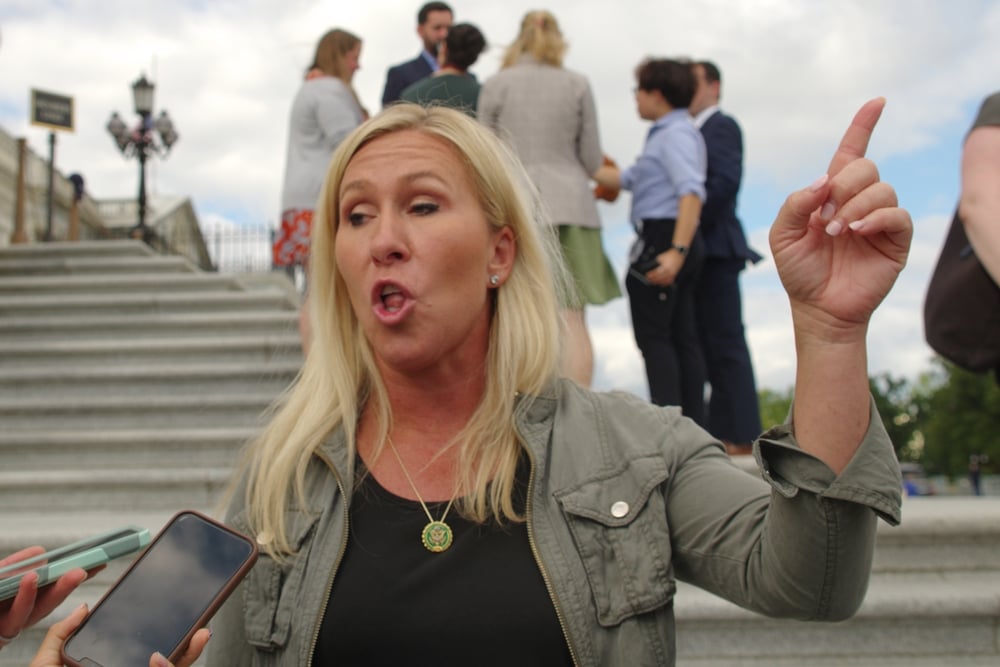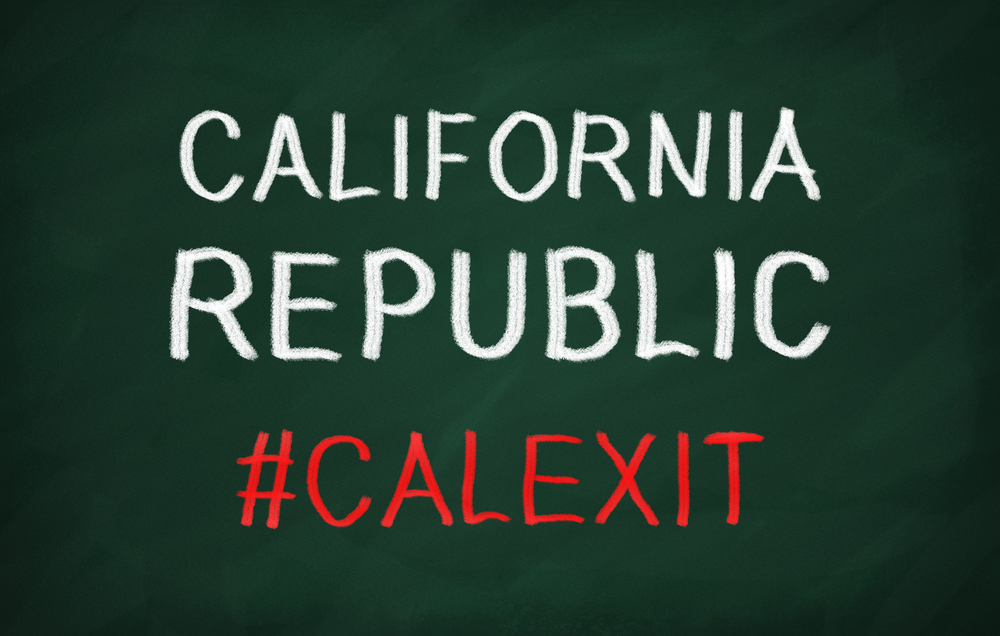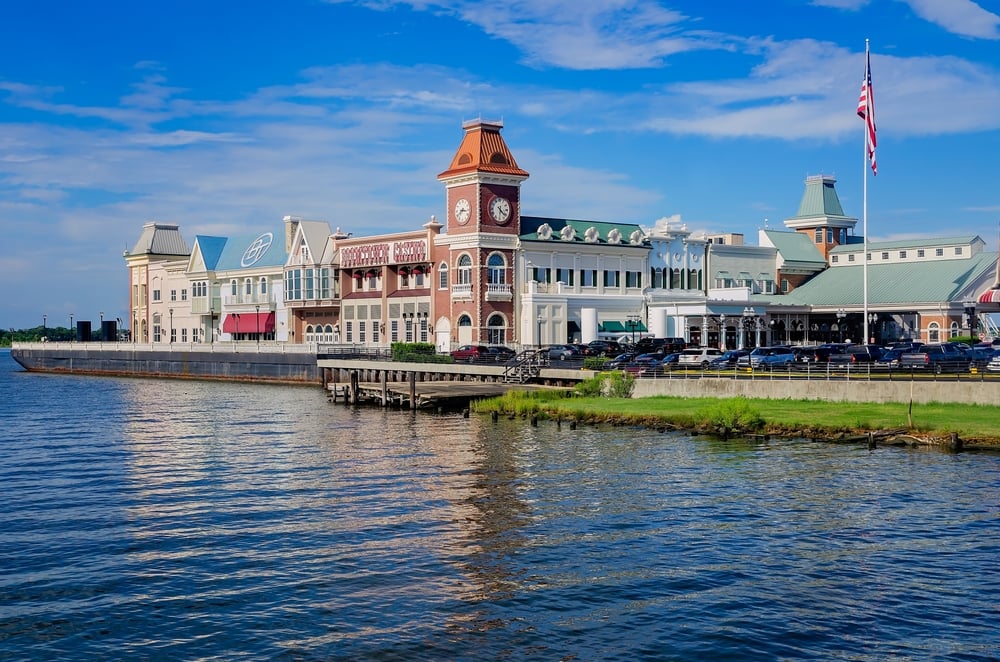Some states aren’t just complaining—they’re quietly setting the stage to go their own way.

Talk of secession might sound like a wild throwback to high school history class, but it’s not just old news. In today’s divided political climate, a surprising number of states are floating the idea of breaking off from the United States altogether. Some movements are fueled by deep ideological rifts, others by financial frustration, cultural identity, or the sense that Washington just doesn’t get them anymore.
Most of these talks are symbolic—or at least start that way—but they reflect real tension. These states aren’t just making noise. In some cases, there are actual bills, organizations, and growing public support pushing the idea forward. While the chance of any state successfully seceding remains slim, these 11 are the ones to watch if things ever start getting serious. Each has its own reasons, but the shared undercurrent is clear: the union is feeling shakier than it has in decades.
1. Texas has the loudest and most organized secession movement.

Texas has flirted with secession for years, and it’s not just talk. The “Texas Nationalist Movement” is a full-blown organization pushing to reclaim independence, as mentioned in Texas Nationalist Movement’s LinkedIn Post. Some politicians have even proposed bills to allow Texans to vote on leaving the U.S.—nicknamed “Texit.”
The state’s size, economy, and cultural identity feed into the idea that it could go it alone. It has its own power grid, booming oil industry, and a long-standing sense of exceptionalism. While legal hurdles make actual secession incredibly difficult, Texas has both the pride and infrastructure to fuel serious conversation.
2. California’s Calexit push is rooted in progressive rebellion.

On the opposite end of the political spectrum, California has its own version of secession dreams. The “Calexit” movement gained traction after the 2016 election and has been kept alive by activists who see the state as fundamentally misaligned with federal policy.
Supporters argue that California’s economy (which ranks among the world’s largest) and progressive values put it in constant conflict with national politics. Climate laws, immigration policy, and tech regulation are just a few flashpoints. Calexit might not be mainstream, but the frustration behind it is real, as stated by Ashley Cullins of The Hollywood Reporter.
3. Alaska already feels separate—geographically and politically.

Alaska’s isolation and self-reliant culture make secession feel less far-fetched than in many states. It even has history: in the 1980s, the Alaskan Independence Party pushed hard to vote on leaving the union, and they’ve still got members today.
Many Alaskans feel overlooked by federal policy and frustrated by regulations on land use and oil production, experts at Alaska Oil and Gas Association reported. Combine that with the state’s unique geography and strong survivalist streak, and it’s easy to understand why the idea of going solo pops up every few years.
4. Florida’s identity crisis is fueling secession chatter.

Florida’s increasingly unpredictable political climate—swinging hard right while housing liberal strongholds—creates a perfect storm of division. Add in culture wars, contentious governors, and extreme weather disasters, and you’ve got a population that’s growing tired of federal interference.
Some factions argue Florida could govern better on its own, especially with its massive tourism economy and unique issues like hurricane response and coastal preservation. While not as organized as others, the sentiment bubbles up regularly in online circles and local politics.
5. Hawaii’s independence movement has deep historical roots.

Unlike most states, Hawaii was once its own kingdom. The U.S. annexed it in 1898, and not everyone has made peace with that. There’s a strong and persistent Hawaiian sovereignty movement, driven by native activists who argue the annexation was illegal.
These activists don’t just want autonomy—they want full independence, with land returned and a native government restored. While not all Hawaiians support secession, the movement is real, vocal, and deeply tied to the state’s cultural identity and colonial history.
6. Oregon’s rural counties are ready to bolt to Idaho—or beyond.

Eastern Oregon feels more like Idaho than Portland, and many residents want out. The “Greater Idaho” movement is pushing to redraw the map and move several Oregon counties into the neighboring state. It’s not technically secession, but it’s fueled by the same idea: we don’t belong with them.
This movement is about political and cultural divide. Rural Oregonians feel alienated by the state’s urban leadership and progressive laws. If the Idaho plan falls through, don’t be shocked if full-blown secession talk enters the chat.
7. New Hampshire has libertarian energy and live free or die vibes.

New Hampshire isn’t loud about secession, but it has the mindset. The “Free State Project,” a libertarian movement encouraging small-government activists to move to the state, has gained momentum. They’ve even introduced a bill to explore seceding from the U.S.
The state’s motto—“Live Free or Die”—isn’t just a slogan. It reflects a culture that distrusts big government and values independence. If national politics ever spun out of control, New Hampshire already has the philosophical groundwork to consider an exit.
8. South Carolina still clings to its rebellious roots.

As the first state to secede in the Civil War, South Carolina has a long and complicated history with the union. Today, secession talk still pops up in conservative circles, usually tied to resentment toward federal overreach or progressive policy shifts.
It’s not a mainstream position, but it has a foothold. With a strong sense of Southern identity and frequent tension with Washington, it wouldn’t take much national chaos for that old secession spirit to catch fire again.
9. Idaho is building influence—and eyeing its own kind of independence.

Idaho may not be calling for secession outright, but its role in movements like Greater Idaho and its growing far-right political base suggest it’s ready to redefine its place in the union. There’s increasing talk about state sovereignty and resistance to federal mandates.
Many Idahoans believe their values are incompatible with national trends, and that tension is growing. The state’s influence in regional reshuffling and its rising anti-federal sentiment could make it a key player if things ever start to unravel.
10. Wyoming’s don’t-mess-with-us attitude runs deep.

With one of the smallest populations and a fiercely individualistic culture, Wyoming doesn’t like being told what to do. Its economy runs on fossil fuels, and federal regulations constantly rub locals the wrong way.
Wyoming politicians frequently push back against national policy, and while formal secession talk is rare, the state has the vibe of “we’ll do what we want.” If a broader movement ever took hold, Wyoming wouldn’t be quick to say no.
11. Mississippi’s cultural divide keeps secession dreams alive.

In pockets of Mississippi, especially among hardcore conservatives, there’s talk of reclaiming state control and rejecting federal authority. While not organized into a real movement, the sentiment is alive—especially around issues like education, religion, and states’ rights.
It’s not about economic strength—it’s about ideology. Some Mississippians believe the federal government no longer represents their values, and in times of high political tension, that frustration tends to boil over into talk of leaving the union.
